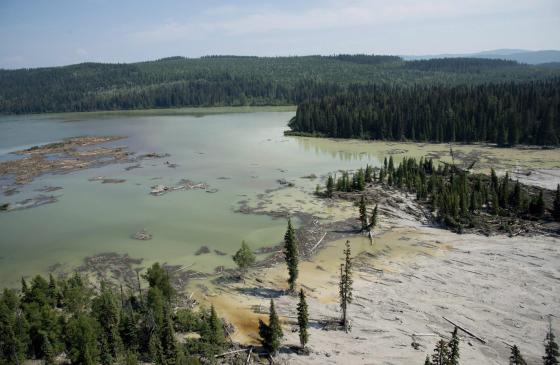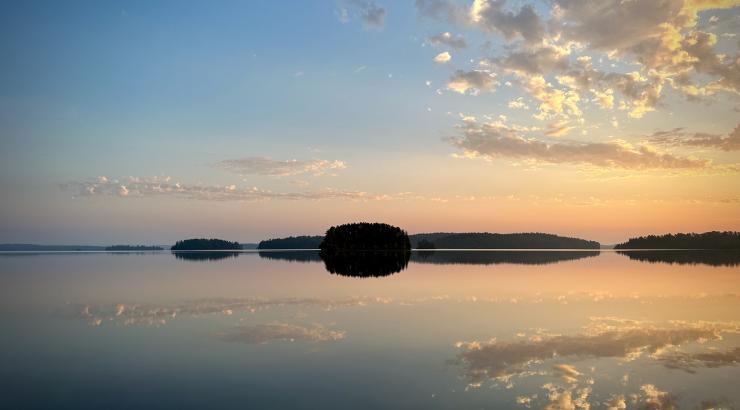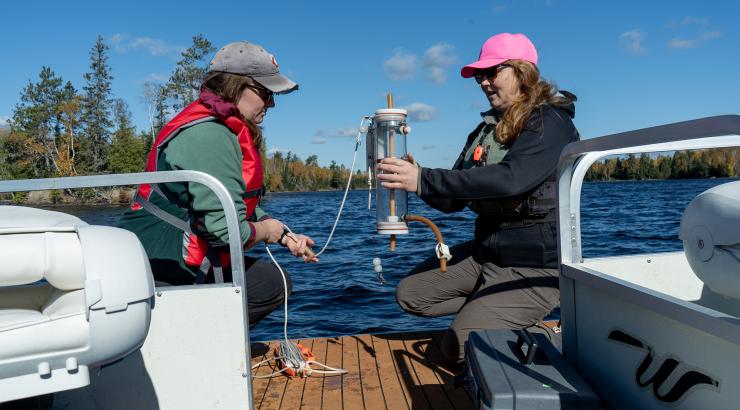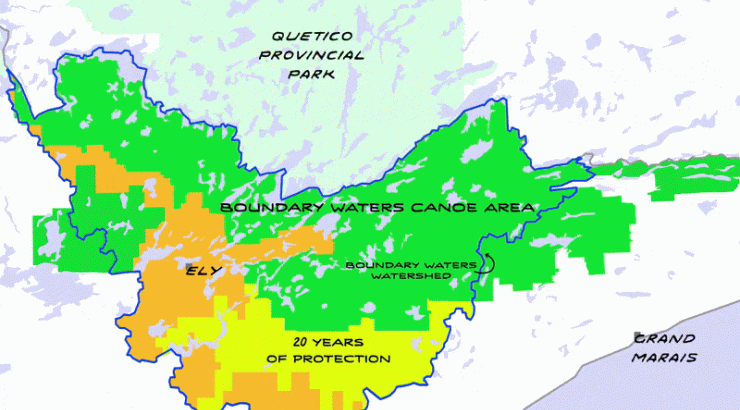This is Part II of our blog about the recent Duluth comment period hearing and our concerns about Twin Metals' parent company, Antofagasta. Make sure to read Part I of this blog, Strong Voices at Hearing and Rally in Duluth.
America’s most-visited Wilderness area is threatened by sulfide-ore copper mining proposed on nearby lands in the Wilderness watershed.
The Boundary Waters Canoe Area Wilderness contains 1.1 million acres of pristine water and unspoiled woodlands, including more than 1,175 lakes and more than a thousand miles of rivers and streams. The Superior National Forest, which includes the Boundary Waters, contains 20 percent of all the fresh water in the entire National Forest System. This great natural landscape is the backbone of a thriving gateway business community that exists because every year hundreds of thousands of people from around the world visit to enjoy this spectacular region of woods and waters.
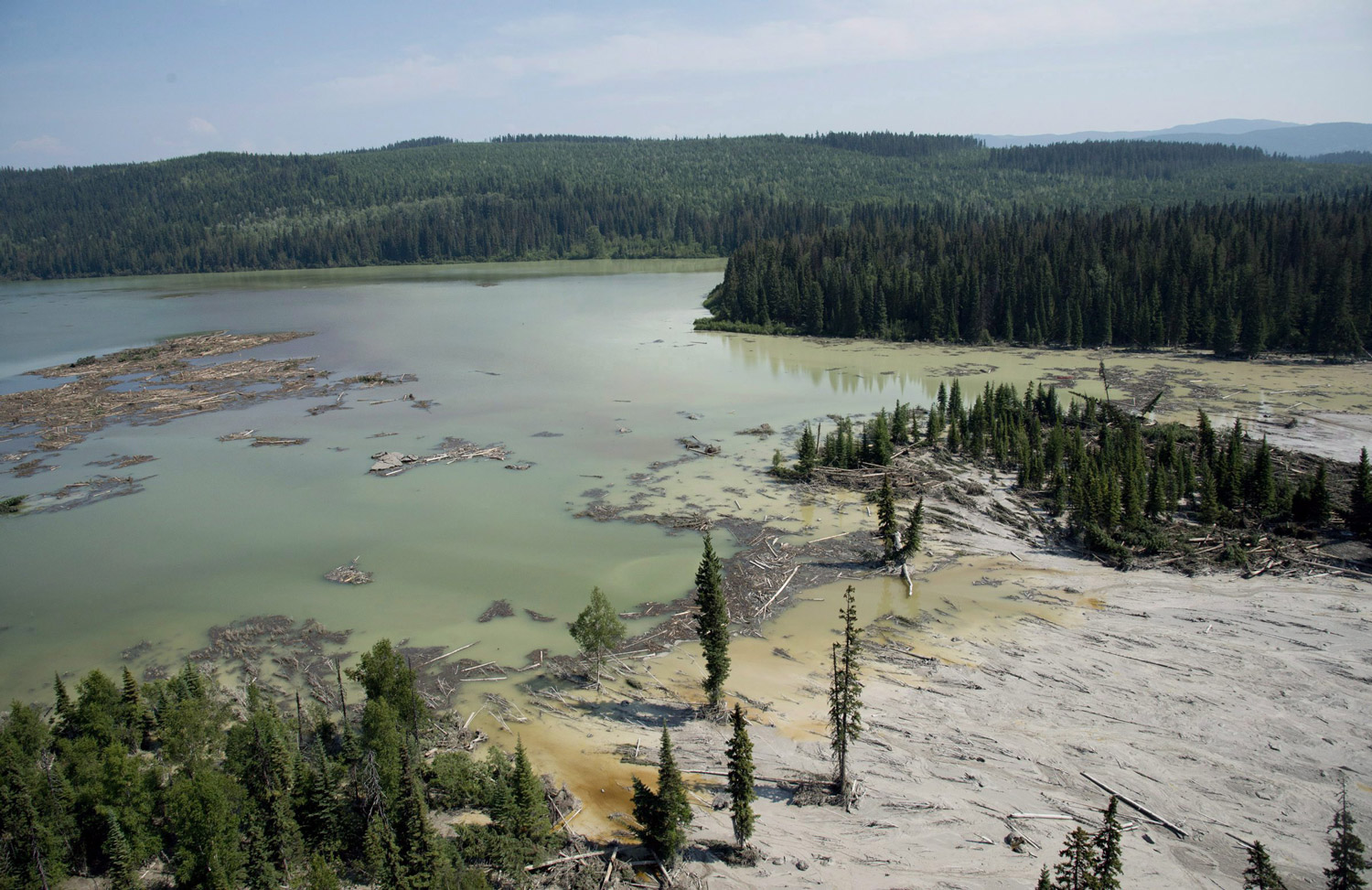 The copper mining industry has a long history of acid mine drainage and heavy metals leaching with catastrophic environmental impacts, especially to water. And even state-of-the-art mines are at risk for major infrastructure disaster. For example, in August 2014, a tailings dam breach at the Mount Polley copper and gold mine in British Columbia released 4.5 million cubic meters of toxic slurry into a lake and river system that was a priceless salmon spawning area [Photo by Jonathan Hayward, The Canadian Press]. Two days later, a mine in Mexico spilled 40,000 cubic meters of copper sulfate acid into two rivers, wiping out the water supply for a vast rural area that depended on the river water for domestic use and agriculture. Fish and wildlife were devastated.
The copper mining industry has a long history of acid mine drainage and heavy metals leaching with catastrophic environmental impacts, especially to water. And even state-of-the-art mines are at risk for major infrastructure disaster. For example, in August 2014, a tailings dam breach at the Mount Polley copper and gold mine in British Columbia released 4.5 million cubic meters of toxic slurry into a lake and river system that was a priceless salmon spawning area [Photo by Jonathan Hayward, The Canadian Press]. Two days later, a mine in Mexico spilled 40,000 cubic meters of copper sulfate acid into two rivers, wiping out the water supply for a vast rural area that depended on the river water for domestic use and agriculture. Fish and wildlife were devastated.
 Now Twin Metals Minnesota, a wholly-owned subsidiary of Antofagasta PLC of Chile, is suing the United States demanding renewal of two sulfide-ore copper mining leases on the edge of our unique and fragile Boundary Waters Wilderness. Antofagasta, which owns several copper mines in Chile, has an environmental and social track record that should concern anyone who cares about the Boundary Waters and the communities around it.
Now Twin Metals Minnesota, a wholly-owned subsidiary of Antofagasta PLC of Chile, is suing the United States demanding renewal of two sulfide-ore copper mining leases on the edge of our unique and fragile Boundary Waters Wilderness. Antofagasta, which owns several copper mines in Chile, has an environmental and social track record that should concern anyone who cares about the Boundary Waters and the communities around it.
Antofagasta should never be entrusted with the health and safety of the Boundary Waters and its watershed. In Chile, Antofagasta:
- caused the biggest loss of cultural heritage in Chile’s recent history, according to the Chilean Archaeological Society, when it excavated more than 500 boulders bearing 2,000 petroglyphs and buried a pre-Columbian cemetery and archeological sites from two vanished cultures, to make way for the El Mauro tailings dam. (London Mining Network, 6/14/13);
- was found guilty by the Chilean Supreme Court of harming residents of a community when Antofagasta located its tailings dam upstream, polluting the groundwater and blocking a critical source of water on which the community depended (BNamericas, 10/24/14);
- faces a potential fine of $23.8 million and closure of its biggest copper mine in Chile over violations of its environmental permit, including water pollution (Reuters, 10/13/16; Mining.com 10/14/16); and
- was responsible for the highest number of toxic spills in the region of Coquimbo; one spill dumped 13,000 liters of copper concentrate directly into a river (Conflicts Over Water in Chile: Between Human Rights and Market Rules, Sept. 2010).
In addition:
- A Chilean senator brought charges against Antofagasta for tax fraud (United Press International 5/23/03).
- Antofagasta is heavily involved in extreme water privatization occurring in desert areas of Chile, depriving many poor and indigenous families of their historic water sources. (Conflicts Over Water in Chile: Between Human Rights and Market Rules, September 2010) (The Guardian, 3/21/2014).
- Antofagasta’s corporate structure is dangerously consolidated within the Luksic family – one of Chile's wealthiest families (The Telegraph, 11/06/04).
- The Luksics have a history of involvement in political-financial scandals. The Bank of Chile, which is controlled by the Luksic family, gave the Chilean president’s daughter-in-law a special $10 million loan after she met with bank vice-president Andrónico Luksic (Reuters, 2/10/15), the chairman of the Luksic Group, the family's business holding company.
Here in the U.S., Ivanka Trump and Jared Kushner’s new landlord just happens to be Andrónico Luksic. The Wall Street Journal reported that a business owned by Luksic bought a Washington, DC mansion for $5.5 million on December 22, 2016, and that twelve days after the purchase, Luksic’s company rented the mansion to Ms. Trump and Mr. Kushner.
While Andrónico Luksic has tweeted that Ms. Trump and Mr. Kushner are paying market rate rent - and perhaps they are - the real cause for concern is that Luksic of Antofagasta reportedly spent $5.5 million to make a mansion available to members of the First Family and top advisors to President Donald Trump at a time when Antofagasta is suing the United States to try to force renewal of mineral leases near the Boundary Waters.
We hope these reported efforts to open the watershed of the Boundary Waters to sulfide-ore copper mining are stopped; and that the Forest Service and the BLM maintain a steady course and complete the environmental review already underway; and that two years from now Interior Secretary Zinke sees the merit in, and orders, the 20-year withdrawal of federal lands inside the watershed of the Boundary Waters, from mining, as has been proposed by the U.S. Forest Service."
Matt Norton is the Campaign's policy director. He previously worked as campaign director with Minnesota Environmental Partnership, and as forestry and wildlife advocate and staff attorney for the Minnesota Center for Environmental Advocacy.
